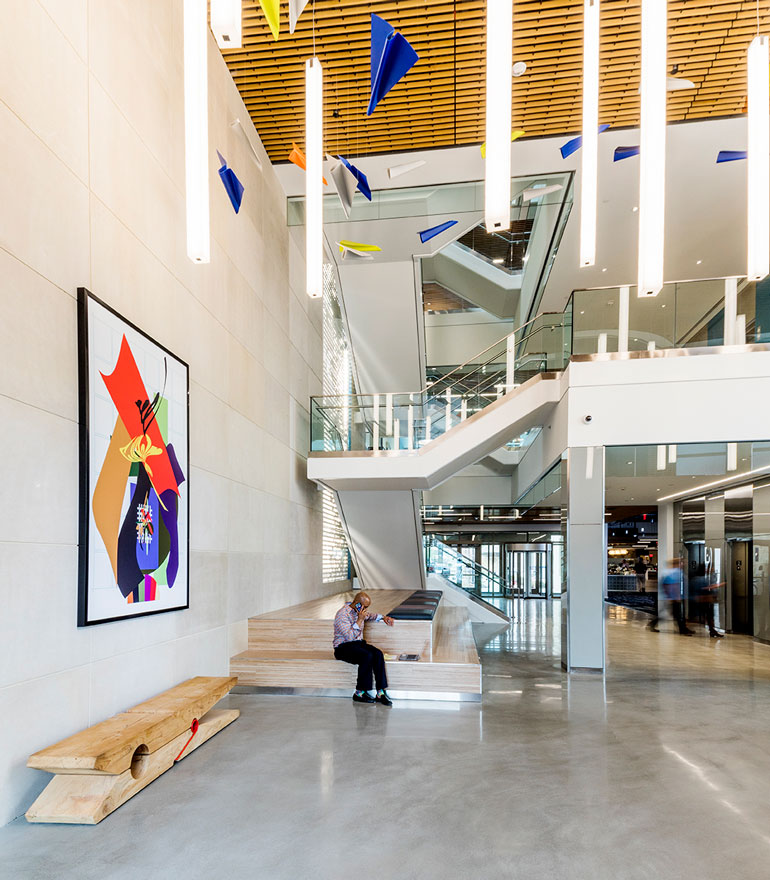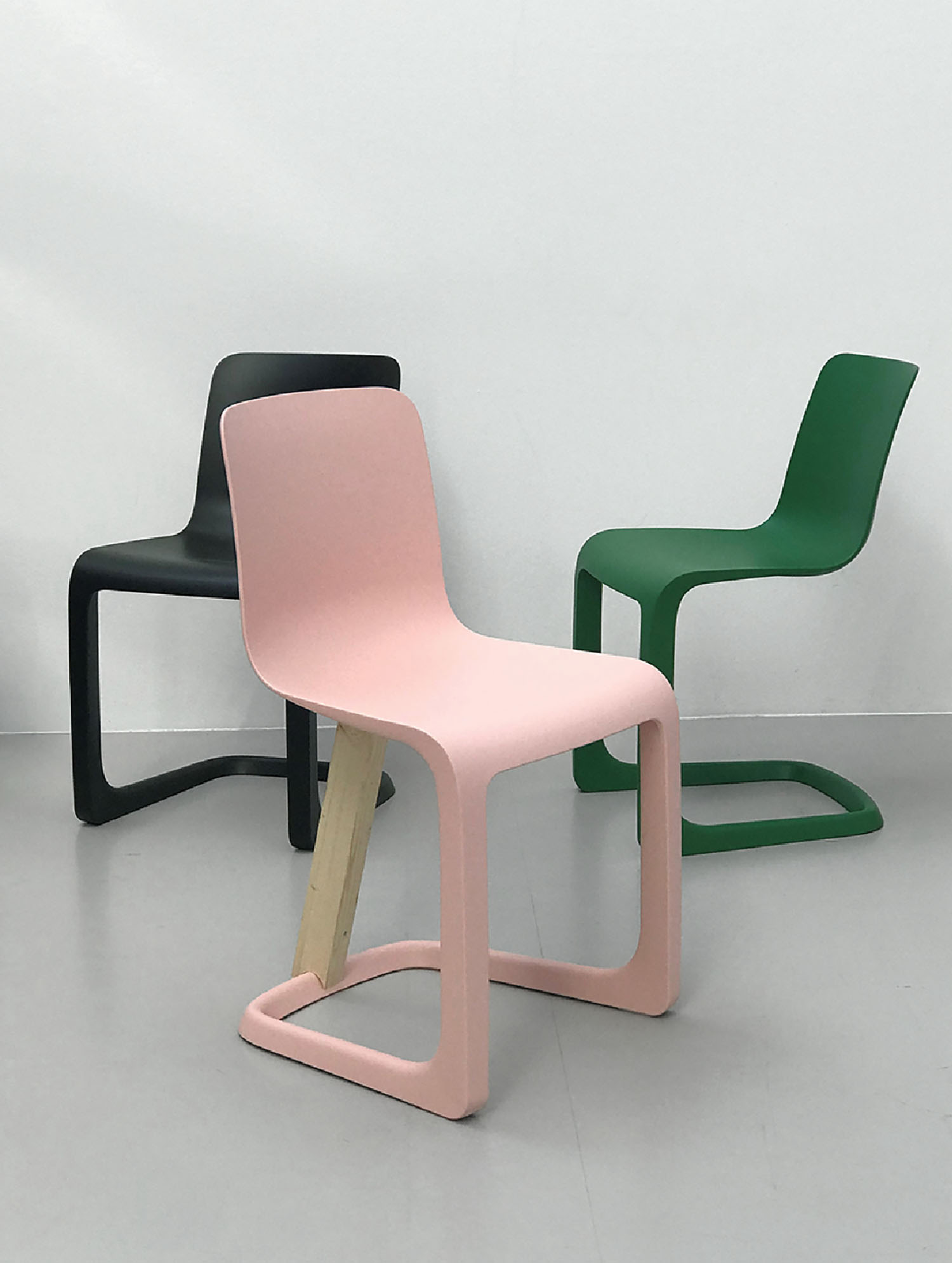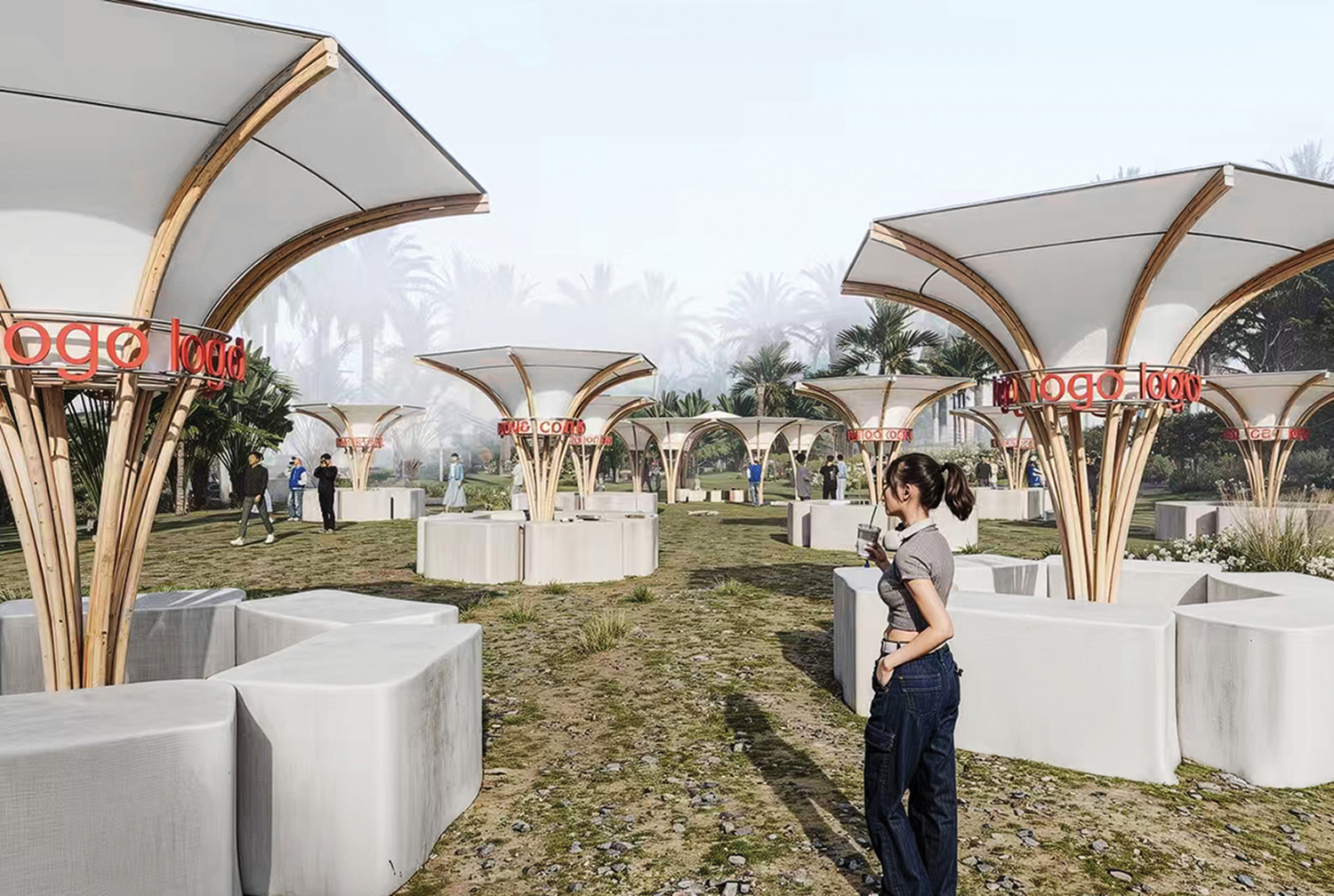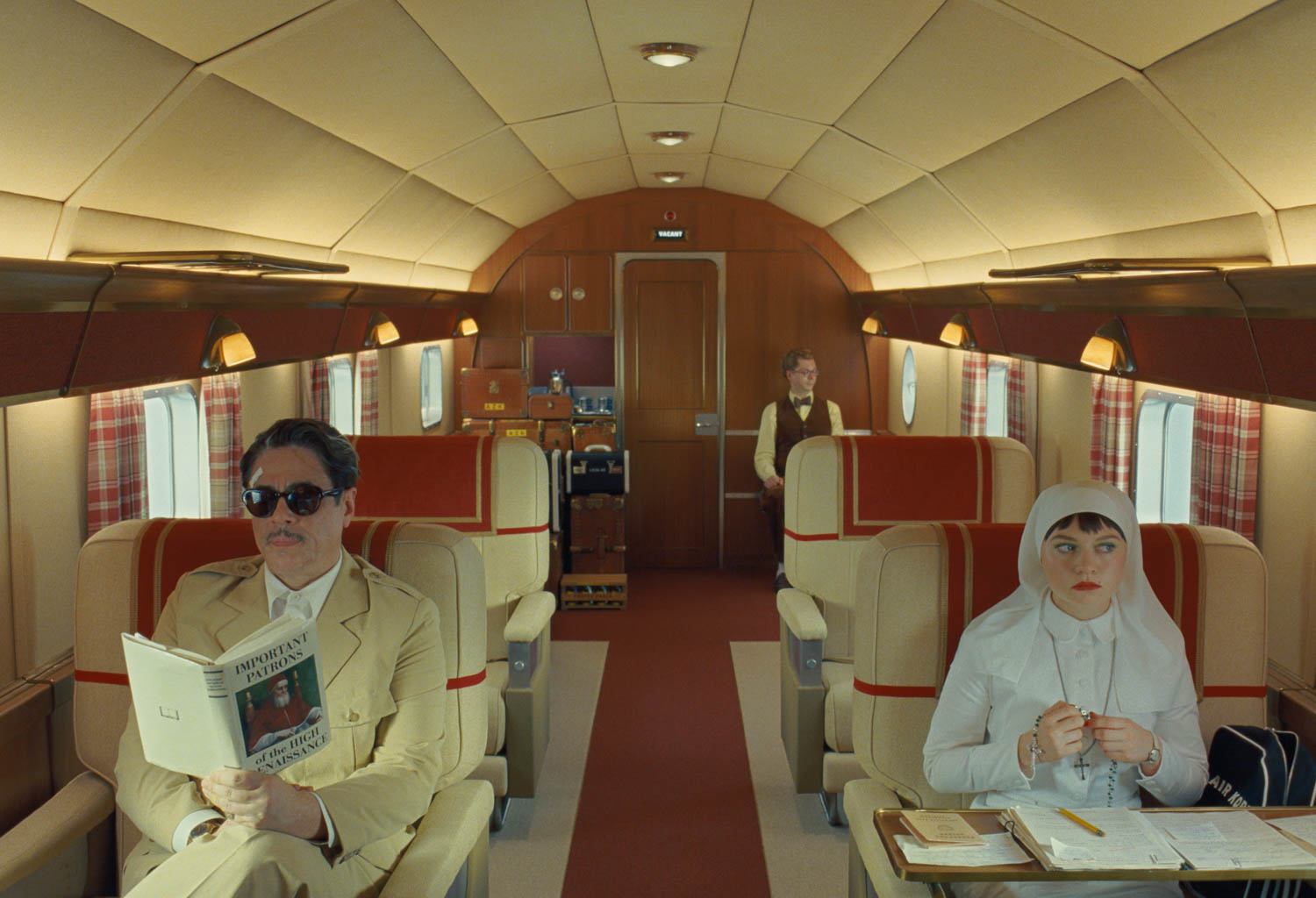Capital One Releases Findings From First Work Environment Survey

Capital One, the financial services institution increasingly self identified as a technology entity, is well steeped in workplace studies from an internal stance. It typically does one annually as well as holds focus groups. This year the company opted to dive deeper. It commissioned an outside consultancy, Wakefield Research, to evaluate workplace priorities from those outside the design community. Overall, results affirmed our mantra in a big way. Design matters. No surprise there. But the breakdown, presented to us in Capital One’s San Francisco office, held plenty of them.
Here’s how methodology of the 2017 Work Environment Survey played out. Surveyed were working professionals spanning the hierarchical spectrum. Every industry imaginable was represented, from accounting and automotive to finance, education, entertainment, healthcare, science and engineering, journalism and media, sales, advertising and marketing, you name it. Participants numbered 2,500, 500 in each of the five cities where Capital One maintains a major office: New York, San Francisco, Chicago, Dallas, and Washington, D.C. Seventeen questions were emailed, 13 of them analyzed. Data from millennials were both included in the aggregate and called out separately. Additionally, each region had an individual analysis. Queries, among them, addressed design elements that matter; workplace attributes like collaboration, innovation, and culture; on-site benefits and amenities; design as inspiration; importance of the environment; and considerations in accepting a new job offer.

We cite some takeaways. Our hand’s-down favorite: 82 percent believe that companies cannot encourage innovation unless their workplace design and environment is innovative. That includes flexibility. Regrettably, though, 60 percent found their workplace’s design doesn’t encourage them to be so. Among desired design elements, no surprise that natural light ranked highest. But who knew that artwork and creative imagery would come in second to surpass reconfigurable furniture and collaborative spaces? Another surprise? Nearly 2 in 3, when considering a new job, believe that workplace design is equally or more important than workplace location. Translated, it means they want to come into the office to work. Yet, they want flexibility, too, which may mean occasional work from home. In other words, having cake and eating it, too.

Speaking of cake, healthy food options were a highly sought benefit that respondents would choose if it meant foregoing all others. Yet make no mistake, benefits are indeed expected. Relaxation-social areas, an on-site health center and wellness programs, reflective spaces, environmentally friendly programs, and nursing rooms are anticipated aspects of a total package. Scarcely surprising.
The survey’s rationale comes from Billy Baker, vice president, workplace solutions. It’s the obvious step beyond internal feedback. “As a data driven company, it made sense for us to get insights from our major markets to ensure that our strategy aligns with the expectations of top talent.” Look for leveraged results in the future.




